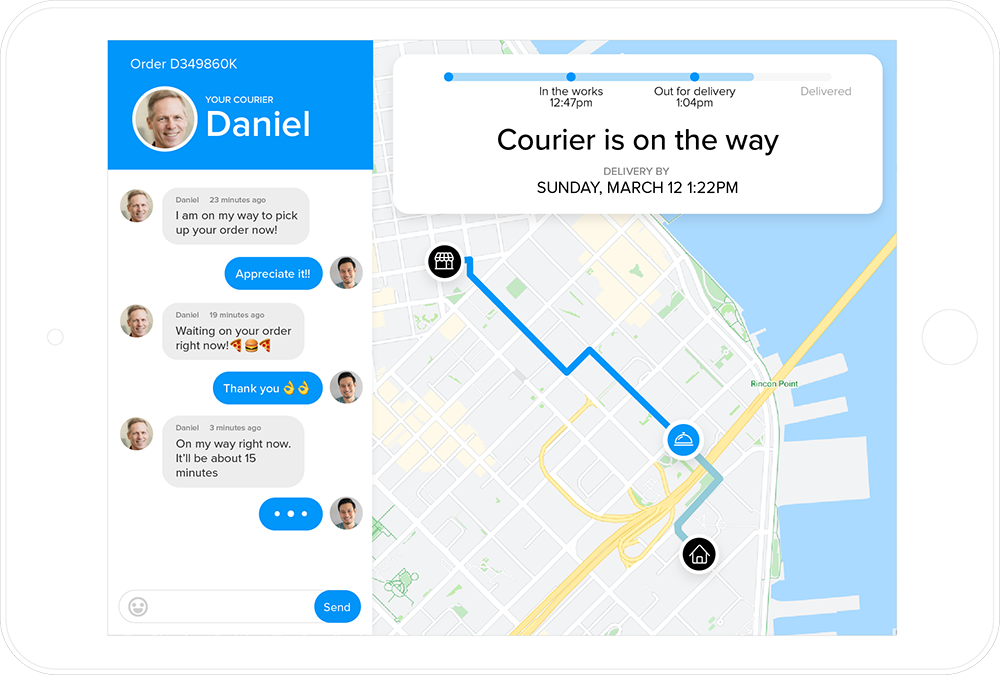What is DNS?
DNS (Domain Name System) is a decentralized and hierarchical system used to translate domain names into IP addresses that are understandable by computers and networks. Essentially, it can be referred to as the phonebook of the Internet. While humans easily remember domain names like www.example.com, computers prefer numerical IP addresses such as 192.0.2.0. The DNS ensures this conversion process is seamless and transparent to end users.
How does DNS work?
The operational mechanism of the DNS begins when you enter a URL into your browser's address bar. The DNS query is then launched and processed in these basic steps:
Browser Check: Your browser first checks its cache to see if it already has the corresponding IP address to the domain.
OS Check: If the browser doesn't have the information, the query proceeds to the OS, which has its DNS cache.
ISP DNS Server: The query is sent to your ISP DNS server if the OS doesn't have the IP address.
DNS Recursion: The ISP DNS server may need to pass the query through several other DNS servers on the Internet until it finds the one that knows the IP address.
Response: The IP address is sent back through the chain to your browser.
Connection: Your browser can then connect to the server at that IP address and retrieve the web page.
These steps are carried out within milliseconds to bring you the desired web page without noticeable delay.
Use Cases
Beyond the conventional internet browsing experience, DNS finds varied applications in several areas:
In Content Distribution Networks (CDN), DNS directs requests to the nearest server location, reducing latency and bandwidth utilization.
DNS Blocking is used in internet censorship to prevent access to certain websites or online services.
DNS plays a key part in email delivery, using MX records to route emails to the correct email servers.
Load balancing can be achieved through DNS by routing traffic to different servers, enhancing application performance.
DNS is also essential for Internet of Things (IoT) devices, enabling them to interact with one another and the broader Internet.
